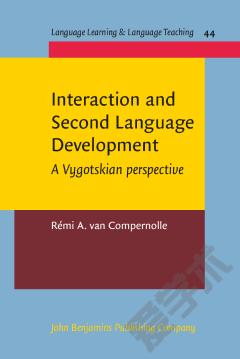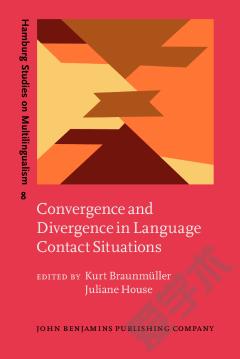Sign Bilingualism. Language development, interaction, and maintenance in sign language contact situations.
This volume provides a unique cross-disciplinary perspective on the external ecological and internal psycholinguistic factors that determine sign bilingualism, its development and maintenance at the individual and societal levels. Multiple aspects concerning the dynamics of contact situations involving a signed and a spoken or a written language are covered in detail, i.e. the development of the languages in bilingual deaf children, cross-modal contact phenomena in the productions of child and adult signers, sign bilingual education concepts and practices in diverse social contexts, deaf educational discourse, sign language planning and interpretation. This state-of-the-art collection is enhanced by a final chapter providing a critical appraisal of the major issues emerging from the individual studies in the light of current assumptions in the broader field of contact linguistics. Given the interdependence of research, policy and practice, the insights gathered in the studies presented are not only of scientific interest, but also bear important implications concerning the perception, understanding and promotion of bilingualism in deaf individuals whose language acquisition and use have been ignored for a long time at the socio-political and scientific levels.
{{comment.content}}








 京公网安备 11010802027623号
京公网安备 11010802027623号